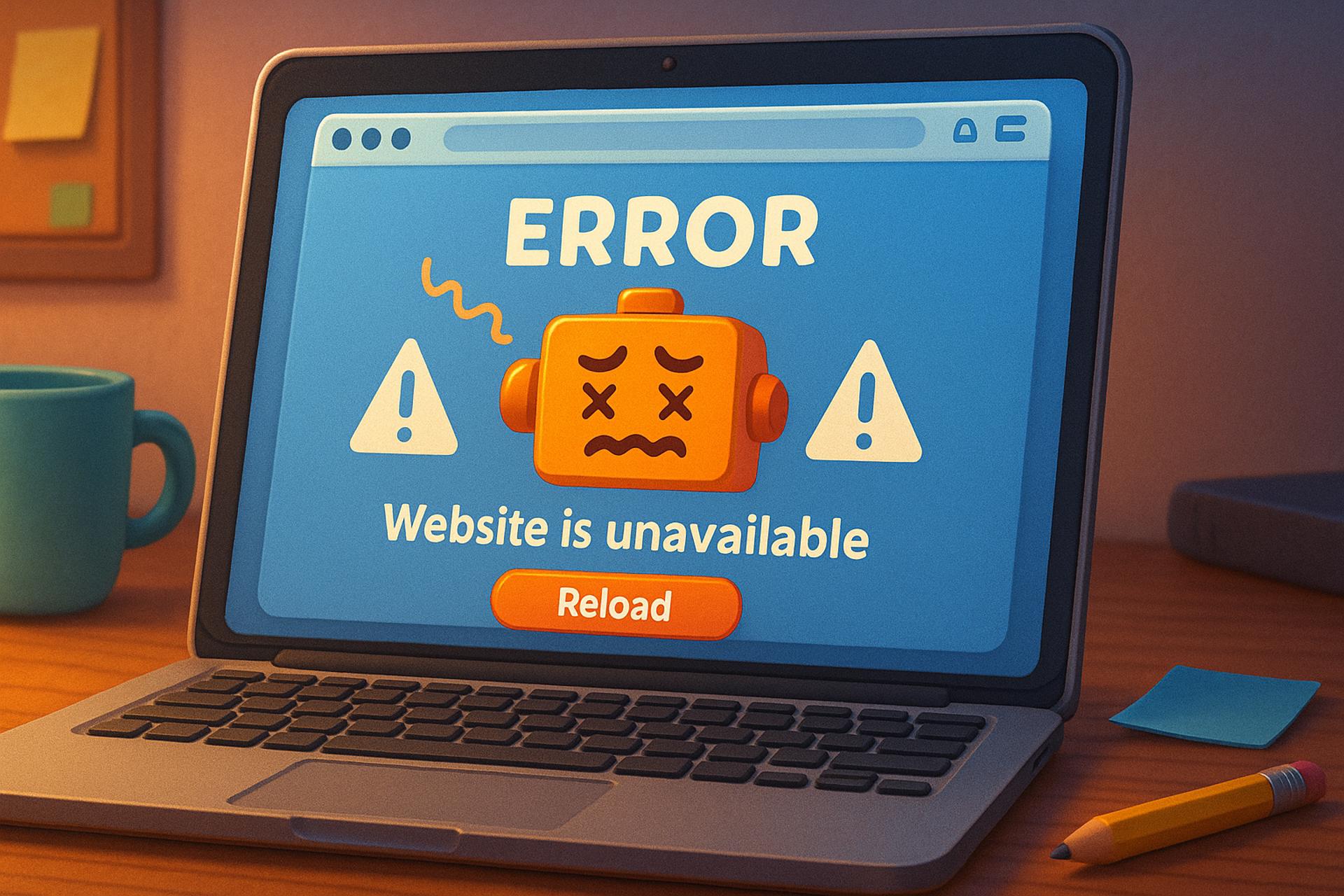
Website updates are generally in the form of content additions, maintenance releases, and major redesigns. Adding content to a website is great for a variety of reasons, but the lowest hanging fruit. Where website owners fall short most often is in performing regular software maintenance and scheduling major redesigns.
The most important task any website owner should have done is to have scheduled maintenance performed on their platform. There are three primary reasons this is the case:
Most web platforms use some form of a content management system (CMS). This allows easy content updates right from a web browser. The problem is that these systems are complex, and their authentication system provides a way for nefarious people to exploit your website in some way, like push their own agenda by altering your content, or even use your website to perform denial of service or other attacks.
Aside from your credentials being compromised, the biggest vector for providing misuse of your website is a security vulnerability. If you'd like to be sufficiently frightened, visit the global Common Vulnerability and Exposures tracking website https://www.cve.org/ and look up the vulnerabilities of your website platform technology, like WordPress.
I apologize in advance for the nightmares.
Sometimes an update to the underlying platform your website uses can provide performance improvements, like less memory usage for more concurrent visitors, or speed improvements for a better overall user experience (UX). They can also provide new features, like a more seamless login experience, integration with a third party service, or that cookie acceptance banner you've been wanting to add.
If you let your website sit too long, ignoring maintenance releases and security patches, updating it later when you really need to will be a nightmare on a tight timeline. It's much easier (and cheaper!) to make incremental changes along the way, than to try and make lots of them all at once later.
Major redesigns are a secondary concern, but still extremely important. So you should focus on them once you have regular maintenance under control. For the sake of clarity I'll focus on the three primary benefits of major redesigns that fundamentally change the overall appearance of your website.
Sometimes an organization changes their branding, and the change is significant enough that replacing a logo and changing colors on the website aren't enough to meet the new branding requirements. This is the most common and usually the easiest rationale to justify budgeting and planning a redesign.
When your website has been around for a while (which is relative, based on use and audience preferences), it will begin to reflect negatively on your brand image. Your peers will see an easy way to win the confidence war for prospective customers by pointing to how "dated" your website looks compared with theirs, and so on. And you would be hard pressed to argue the point.
Likewise, a dated website will slowly lose visitors to competitors, and give your existing customers a suboptimal and sometimes frustrating experience. For example, a competitor may implement an entirely new search feature that uses an AI large language model (LLM) chat experience that returns much better results, faster, and easier, than your simple text search.
You need to stay in front of potential customers and don't give them a reason to leave. Keep them engaged and satisfied with their user experience. In order to do that, you need to review your website structure and design periodically, get feedback from visitors, and consider a periodic redesign an essential part of your organization's marketing or services.
There's usually more to the story so if you have questions or comments about this post let us know!
Do you need a new software development partner for an upcoming project? We would love to work with you! From websites and mobile apps to cloud services and custom software, we can help!

